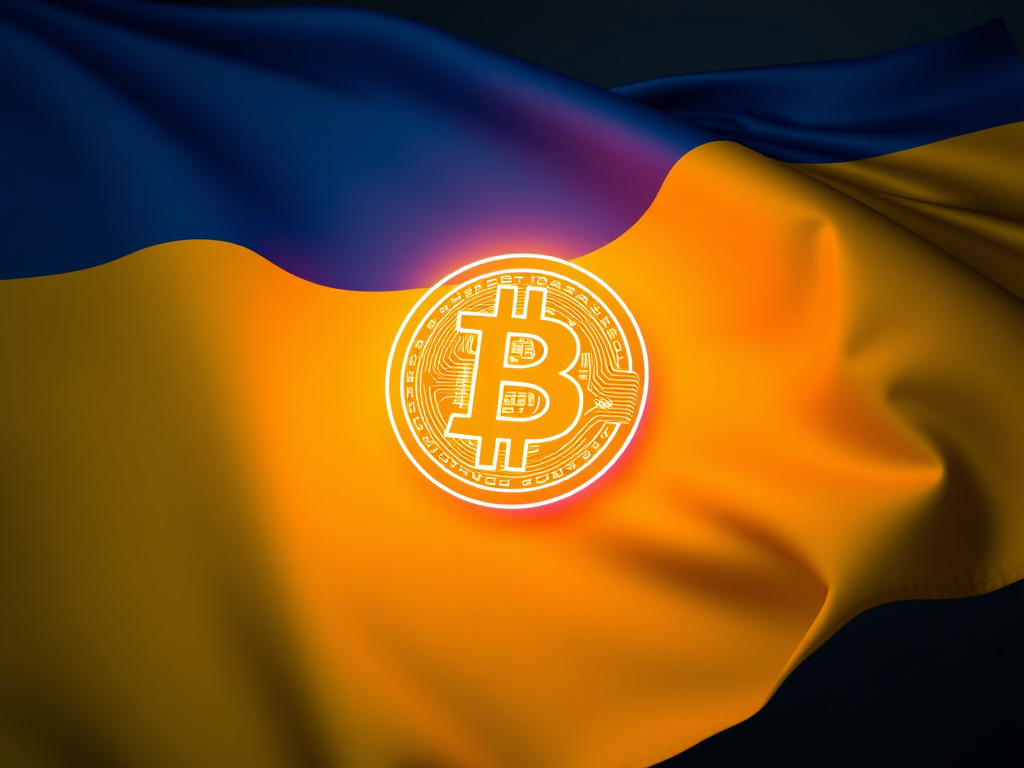Key Points
- Coinbase announces the delisting of six stablecoins, including market leader Tether (USDT), from its European platforms on December 13, citing compliance with the EU’s Markets in Crypto-Assets Regulation (MiCA).
- Despite the delisting, Tether remains confident about its European future and criticizes the “rushed actions” of exchanges, while finalizing its long-term plans for the region.
Widespread Delisting Impact
Coinbase Europe, Coinbase Germany, and Coinbase Custody International are preparing to restrict services for six major stablecoins: USDT, PAX, PYUSD, GUSD, GYEN, and DAI. The exchange will continue to support USD Coin (USDC) and the euro-pegged EURC stablecoin, both operated in partnership with Circle. This decision significantly impacts trading volumes, as USDT currently represents over 12% of all trades on Coinbase, with daily trading volumes exceeding $1 billion.
Regulatory Compliance and Future Prospects
The delisting comes as MiCA’s regulatory framework approaches its full enforcement deadline of December 30. While phase one of the stablecoin regime has been applicable since June 30, Coinbase indicates it will consider re-enabling services for stablecoins that achieve MiCA compliance in the future. Notably, the European Securities and Markets Authority has yet to make an official announcement regarding USDT’s compliance status, with discussions still ongoing.
Tether’s Response and Strategic Adaptation
Tether has taken a proactive stance in response to the European regulatory changes. The company’s CEO, Paolo Ardoino, has been critical of certain MiCA regulations while working on technology-based solutions for the European market. In November, Tether suspended its euro-backed stablecoin, EURt, citing community interest. The company maintains its commitment to the European market and is supporting new projects offering MiCA-compliant stablecoins, including a partnership with Dutch fintech company Quantoz Payments for their EURq and USDq stablecoins.
This comprehensive article captures the ongoing developments in the European crypto regulatory landscape, with a focus on major exchanges adapting to new compliance requirements while stablecoin issuers navigate the changing regulatory environment. Would you like me to elaborate on any particular aspect of this coverage?















